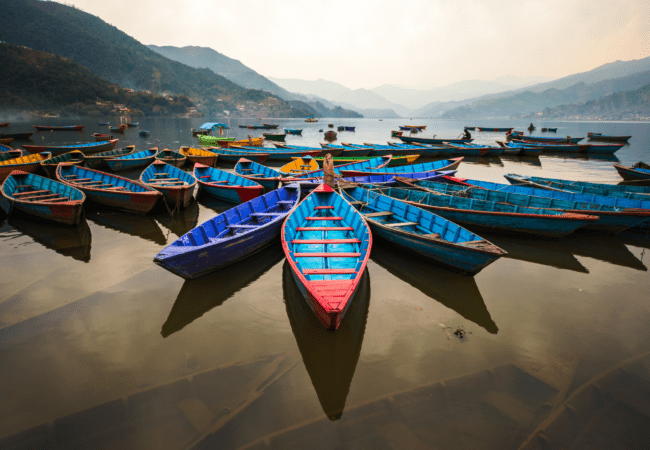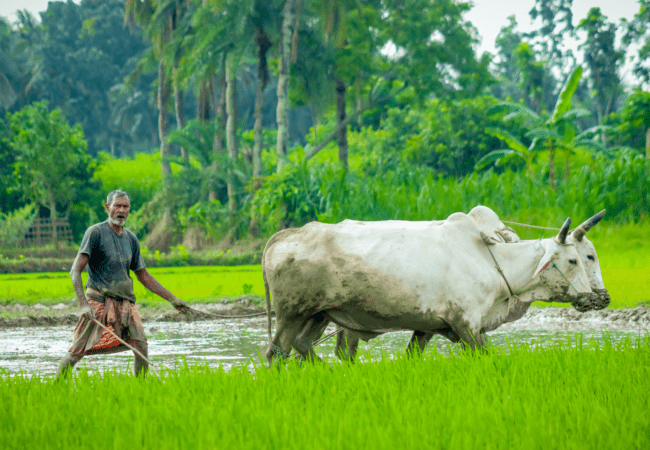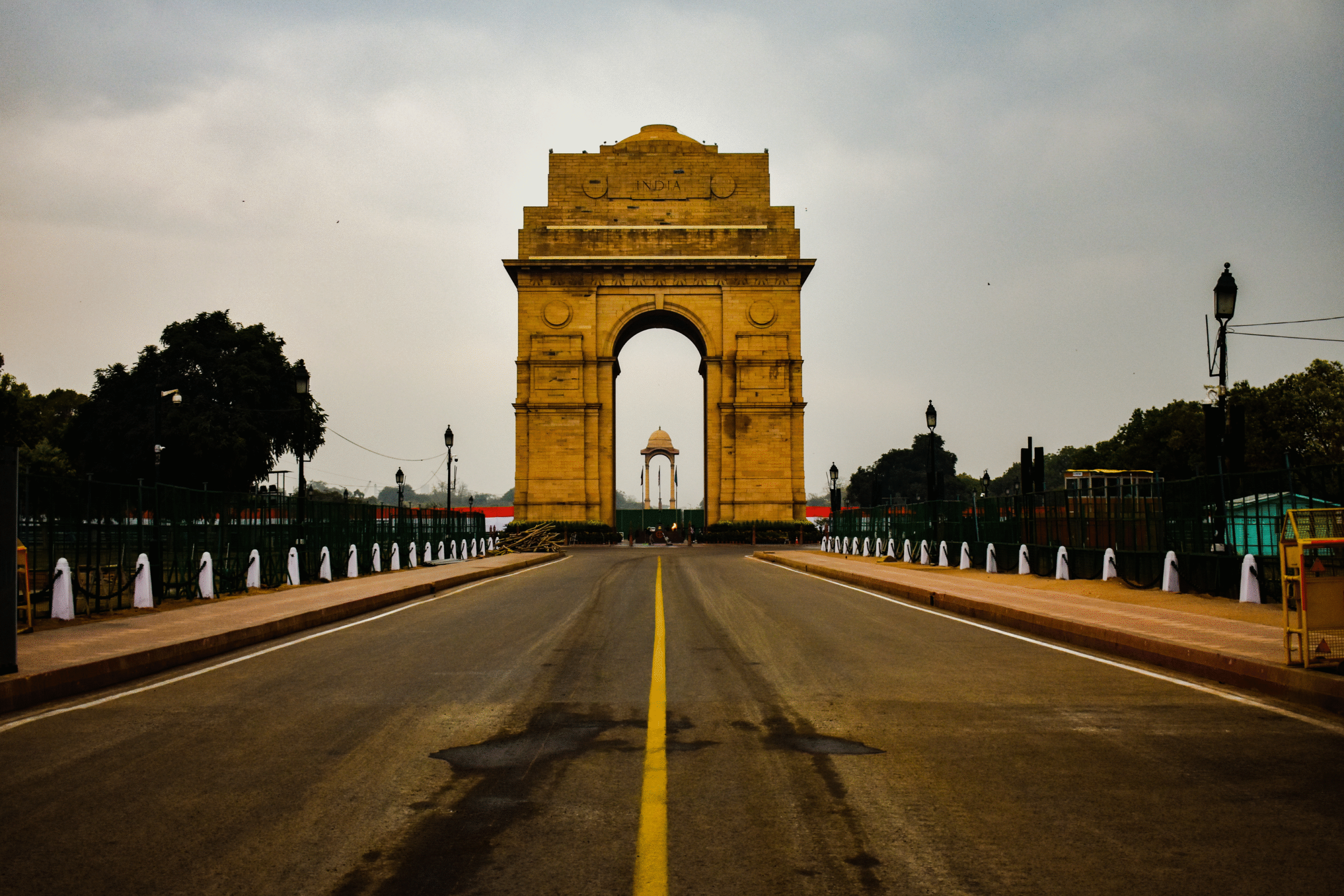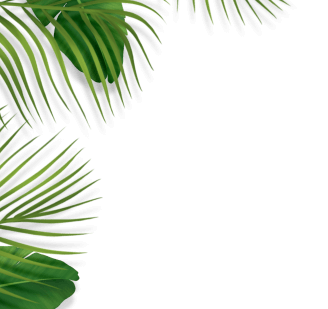
Canada – A Land of Diversity and Natural Beauty
Canada is the second-largest country in the world by land area, located in the northern part of North America. Known for its stunning natural landscapes, multicultural cities, and high quality of life, Canada is a popular destination for travelers, immigrants, and students worldwide.
Education in Canada – High Quality, Globally Respected
Canada is consistently ranked among the top countries in the world for education. Known for its strong public education system, diverse learning environments, and globally recognized universities, Canada attracts students from all over the world.
🏫 Structure of the Canadian Education System
Education in Canada is publicly funded and managed at the provincial and territorial levels, meaning there are slight differences depending on where you are (e.g., Ontario, Quebec, British Columbia). But the basic structure is similar across the country:
- Early Childhood Education (Pre-school)
- Primary/Elementary School
- Secondary/High School
- Post-secondary Education (Colleges & Universities)
🧒 1. Early Childhood Education (Ages 4–5)
- Usually Pre-kindergarten (Pre-K) and Kindergarten.
- Focus on basic social, language, and motor skills.
- Optional but strongly encouraged for development.
🏫 2. Primary/Elementary School (Grades 1–6 or 1–8)
- Starts at age 6 or 7.
- Core subjects: English or French (depending on region), Math, Science, Social Studies, Health, Art, and Physical Education.
- Taught in English, French, or both (Canada is officially bilingual).
🏫 3. Secondary School / High School
- Grades 7–12 (or 8–12 depending on province).
- Students usually graduate high school by age 17 or 18.
- Graduation leads to a High School Diploma, required for university or college entry.
🎓 4. Post-secondary Education
Canada has a dual post-secondary system:
- Colleges and Institutes – Focus on career training, applied skills, and hands-on experience.
- Universities – Offer academic and research-based degrees.
🏛️ Universities
- Offer Bachelor’s, Master’s, and Doctoral degrees.
- Globally ranked institutions include:
- University of Toronto
- McGill University
- University of British Columbia (UBC)
- University of Alberta
- McMaster University
🛠️ Colleges (Community Colleges & Technical Institutes)
- Offer Certificates, Diplomas, and Advanced Diplomas.
- Focus on practical job skills.
- Many colleges offer pathways to universities through credit transfer programs.
🌍 International Students in Canada
- Canada welcomes over 800,000 international students yearly (as of 2025).
- Offers study permits, post-graduate work permits (PGWP), and pathways to permanent residency.
- International students can:
- Work up to 20 hours/week during academic sessions.
- Work full-time during breaks (e.g., summer).
- Be eligible for PR through Express Entry or Provincial Nominee Programs (PNP) after graduation and work experience.
📝 Language of Instruction
- English is the primary language in most provinces.
- French is the primary language in Quebec and available as an option in others.
- Many universities offer bilingual or French-language programs.
📚 Curriculum and Quality
- Canada follows a provincial curriculum, but all are regulated and of high international standards.
- Emphasis on:
- Critical thinking
- Teamwork
- Research
- Creativity and technology
💰 Tuition and Living Costs
🧾 Tuition Fees (Annually)
- College Diplomas: CAD 10,000 – 18,000
- Bachelor’s Degree: CAD 15,000 – 35,000
- Master’s Degree: CAD 18,000 – 45,000
- PhD: CAD 7,000 – 25,000
🏠 Living Expenses
- Average CAD 10,000 – 15,000 per year (depends on city and lifestyle)
- Cities like Toronto and Vancouver are more expensive than smaller cities like Winnipeg or Halifax
🛂 Student Visa (Study Permit)
- Required for courses longer than 6 months
- Must have:
- Letter of Acceptance from a Designated Learning Institution (DLI)
- Proof of funds
- English/French proficiency
- Once graduated, students can apply for a Post-Graduation Work Permit (PGWP) – valid up to 3 years.
✅ Benefits of Studying in Canada
- Globally recognized degrees
- Work while studying
- Post-study work opportunities
- Safe and multicultural environment
- Immigration-friendly policies
- Beautiful nature and high quality of life
📜 Education Credentials in Canada
Under the Canadian Qualifications Framework, education levels are standardized. Typical credentials include:
- Certificate (1 year)
- Diploma (2–3 years)
- Bachelor’s Degree (3–4 years)
- Postgraduate Certificate/Diploma (1 year after Bachelor’s)
- Master’s Degree (1–2 years)
- PhD (3–5 years)






🌍 Quick Facts
- Capital: Ottawa
- Major Cities: Toronto, Vancouver, Montreal, Calgary, Edmonton, Quebec City
- Official Languages: English and French
- Currency: Canadian Dollar (CAD)
- Time Zones: Spanning 6 time zones, from UTC−3.5 to UTC−8
🍁 Top Reasons to Visit Canada
🌲 Breathtaking Natural Wonders
- 🏔️ Rocky Mountains – jaw-dropping landscapes, lakes, and wildlife
- 🏞️ Banff & Jasper National Parks – glacial lakes and alpine views
- 🌊 Niagara Falls – one of the most famous waterfalls in the world
- 🌲 Canadian wilderness – forests, tundra, coastlines, and wildlife like moose, bears, and whales
🏙️ World-Class Cities
- Toronto – Canada’s largest city, known for its skyline, CN Tower, and multicultural vibe
- Vancouver – coastal beauty, surrounded by mountains and ocean
- Montreal – French charm, cobblestone streets, music, and food
- Quebec City – a taste of Europe in North America, with its old-world charm
- Calgary & Edmonton – gateways to the Rockies with western flair
🍁 Four Beautiful Seasons
- ❄️ Winter – Skiing, snowboarding, and Northern Lights in places like Yukon and Alberta
- 🌸 Spring – Blooming gardens and milder weather
- ☀️ Summer – Festivals, hiking, lakes, and national parks
- 🍂 Autumn – Fall foliage with stunning red, yellow, and orange landscapes
🍽️ Food & Culture
- Enjoy iconic Canadian foods:
- Poutine (fries, gravy, and cheese curds)
- Maple syrup treats
- Butter tarts, beavertails, and Nanaimo bars
- Fresh seafood on the coasts (like lobster and salmon)
- Canada is a cultural mosaic—experience Indigenous traditions, French Canadian charm, and immigrant influences from around the world.
🛂 Travel Essentials
- Visa: Most travelers need an eTA (Electronic Travel Authorization) or Visitor Visa
- Transportation: Domestic flights, VIA Rail trains, buses, and scenic road trips
- Safety: Canada is one of the safest and most peaceful countries in the world
- Language: English is widely spoken; French is common in Quebec and parts of Ontario and New Brunswick
🧳 Top Travel Experiences
- 🚠 Ride the Peak 2 Peak Gondola in Whistler
- 🛶 Canoe across Lake Louise in Alberta
- 🛻 Take a road trip on the Icefields Parkway
- 🎭 Attend festivals like Montreal Jazz Festival, Toronto International Film Festival (TIFF), and Calgary Stampede
- 🌌 Catch the Northern Lights in the Northwest Territories or Yukon
🎒 Traveler Tips
- Weather can vary widely, pack layers!
- Tipping: 15–20% is standard in restaurants
- Drive on the right side of the road
- Wildlife is real – observe from a safe distance
- Don’t forget your camera – Canada is seriously photogenic!
❤️ Final Words
Canada welcomes you with open arms, wide skies, and warm hearts. From its majestic mountains and pristine lakes to its vibrant cities and friendly people, your journey here will be filled with unforgettable moments.
Bienvenue au Canada – Welcome to Canada! 🇨🇦🍁










